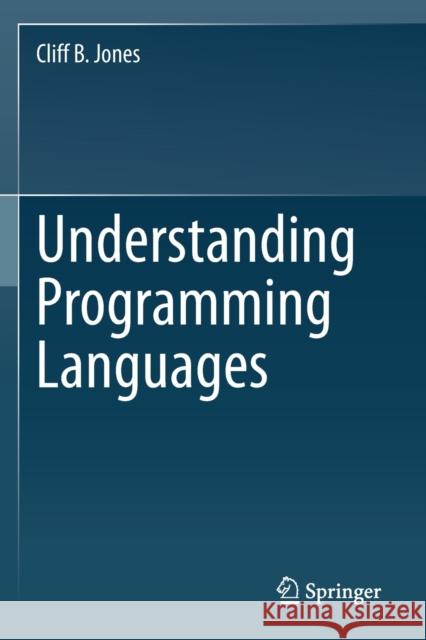Understanding Programming Languages » książka
topmenu
Understanding Programming Languages
ISBN-13: 9783030592592 / Angielski / Miękka / 2021 / 244 str.
Understanding Programming Languages
ISBN-13: 9783030592592 / Angielski / Miękka / 2021 / 244 str.
cena 201,24
(netto: 191,66 VAT: 5%)
Najniższa cena z 30 dni: 192,74
(netto: 191,66 VAT: 5%)
Najniższa cena z 30 dni: 192,74
Termin realizacji zamówienia:
ok. 22 dni roboczych
Dostawa w 2026 r.
ok. 22 dni roboczych
Dostawa w 2026 r.
Darmowa dostawa!
Kategorie:
Kategorie BISAC:
Wydawca:
Springer
Język:
Angielski
ISBN-13:
9783030592592
Rok wydania:
2021
Ilość stron:
244
Waga:
0.34 kg
Wymiary:
23.39 x 15.6 x 1.3
Oprawa:
Miękka
Wolumenów:
01











